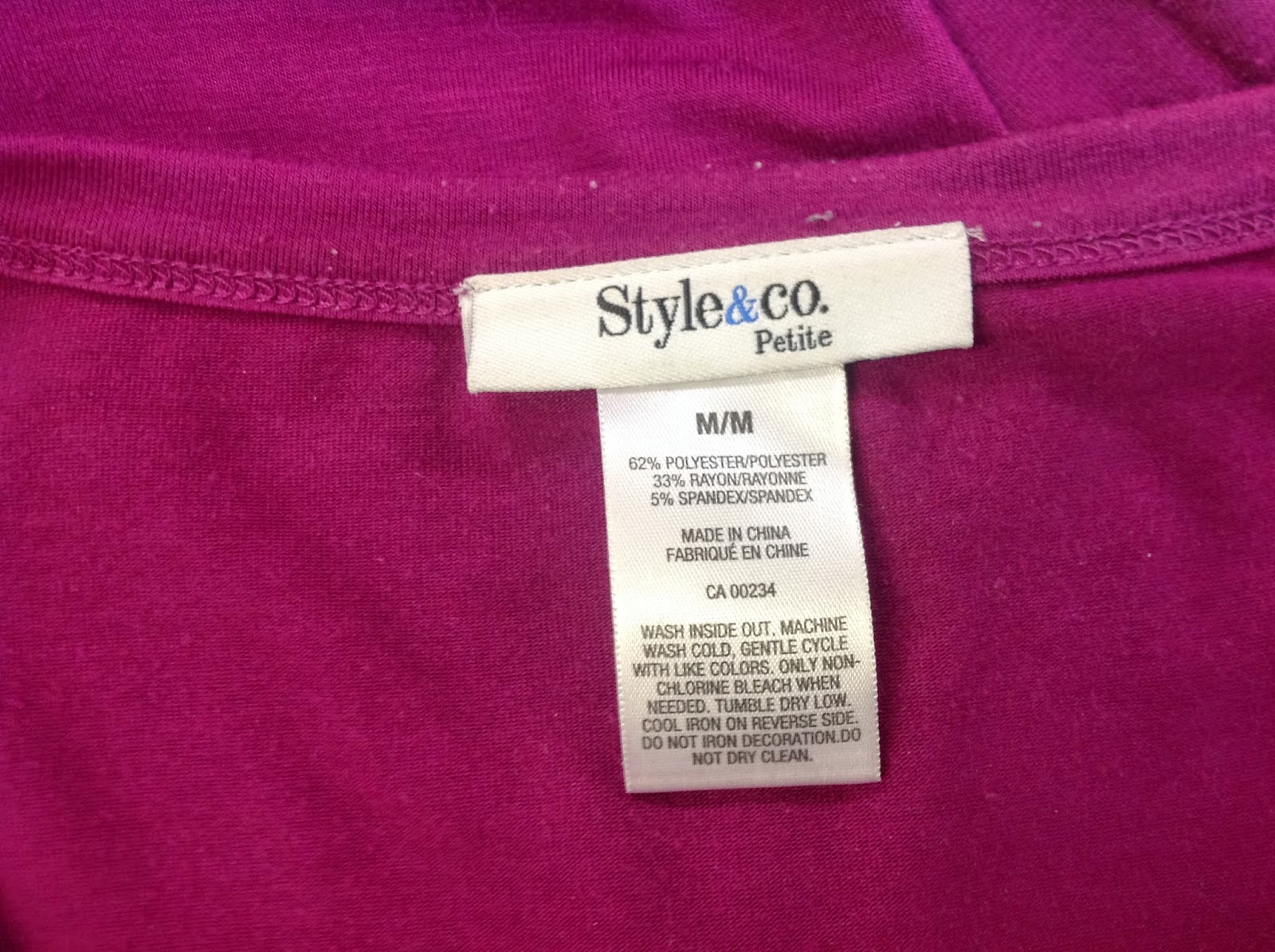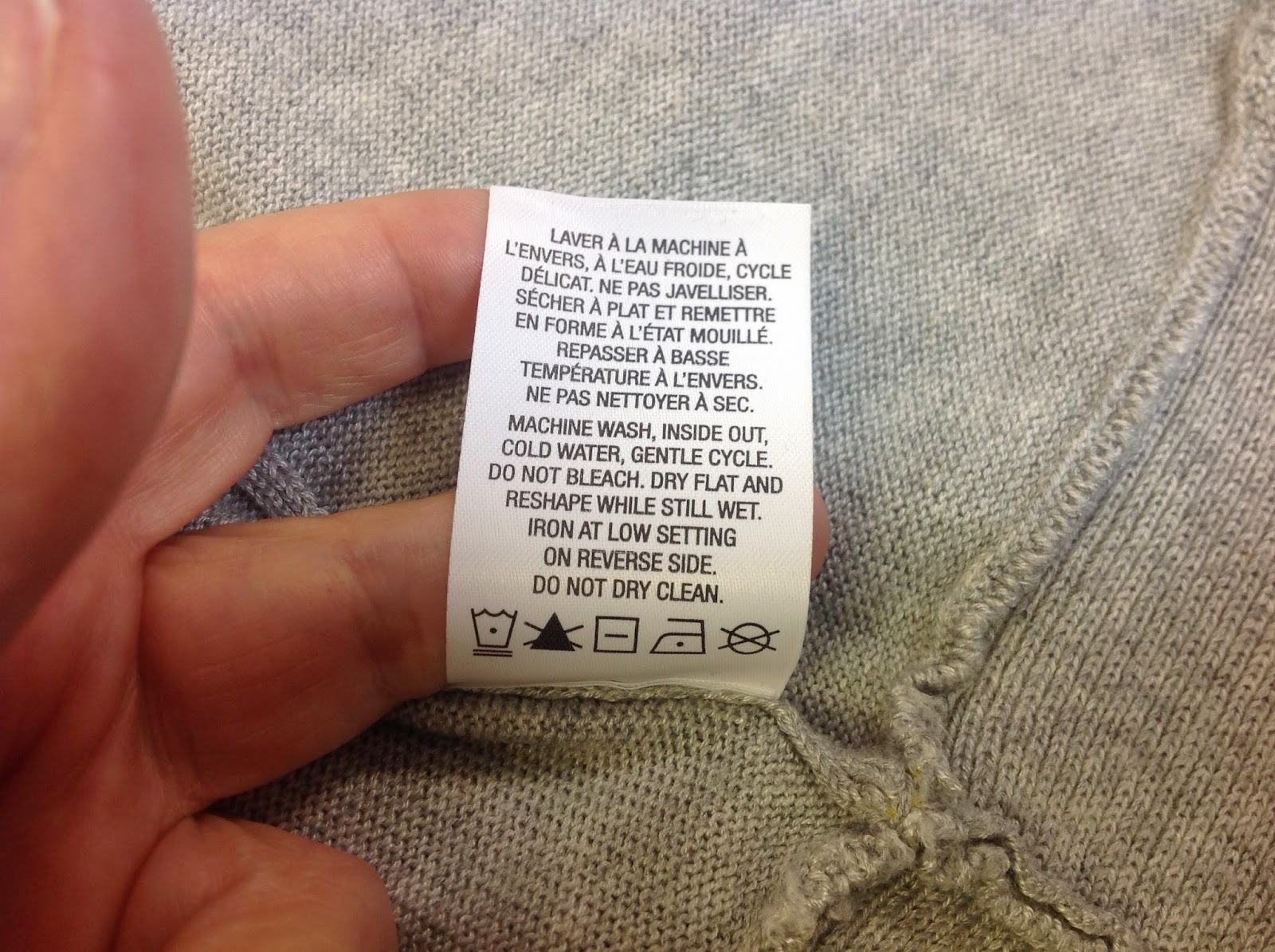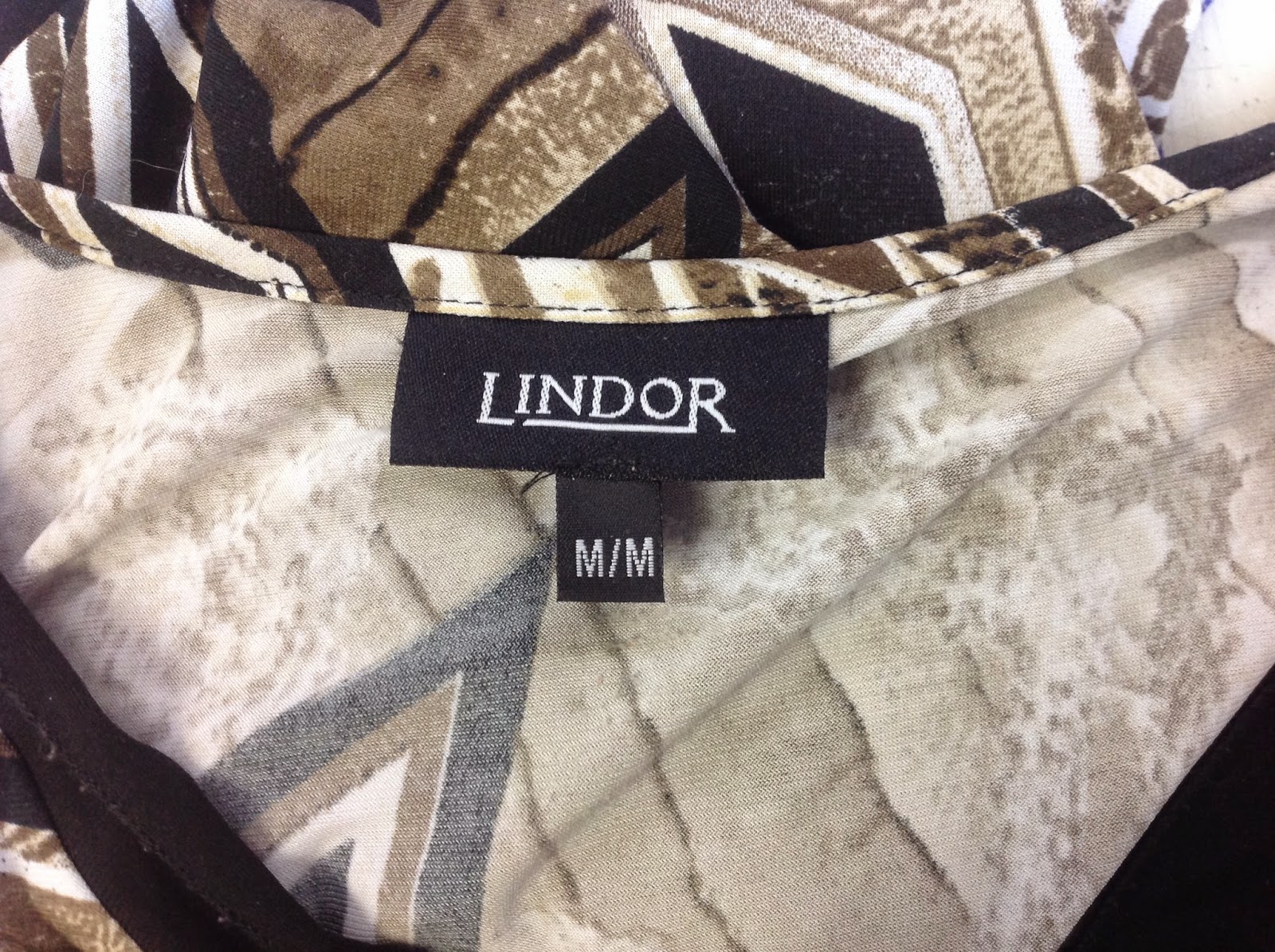Let’s say you buy a bra and when you wear it, you get a rash. Taking the bra back to the store may not be possible or even successful. You want to complain directly to the manufacturer. How do you find out who they are? By reading the garment label, of course! By law, a label HAS to be sewn to any garment sold in Canada. Not just bras, but any garment sold to the public. That means selling garments at a high-end boutique or selling them at the Saturday market, they must be labelled! Here are the five garment label must-haves.
The one exception – if you are making custom garments as an order for a customer, you do not need to label that garment. Often custom bra-makers sew a garment care tag on anyway, first as a matter of pride in their work but also as another method of advertising – think of the label as a gentle reminder every time she puts on that bra!
Five things a garment label must tell you
1.WHO CAUSED IT TO BE MANUFACTURED?
This can be the name of the company (such as WonderBra), but not the name of the factory that actually made it (for example XYZ factory in China). If you do not want to have your company name on it, then you must use a CA number or their RN number (in the States) The CA Number is a five-digit number preceded by the letters CA on the label. Only Canadian manufacturers are allowed to register for a CA Identification Number. You can find out more about the CA number of apply for one at http://www.competitionbureau.gc.ca
This is especially important when you consider allergies and sensitivities, but there is an ethical aspect to this as well. For example, if you refuse to support the fur trade, you will want to know if bunnies died to trim your new sweater. The sweater above, as you can see contains 60% rayon and 40% cotton (no wonder it is lovely and soft – and no bunnies died!)
Along with the fibre content – you also have to put the percentage of each fibre. If there is trimming on the garment, for example crystals, then the label can say 100% polyester Exclusive of Trim. That means the trim (crystals) comprises less than 10% of the total garment. Otherwise the percentages of fibres have to add up to 100%.
4. HOW DO I CARE FOR THIS GARMENT?
This is the flip side of the tag in my fuchsia top. On the front side is the English and here is the French. And in case you cannot read either language, here are the symbols. This garment is to be machine washed in cold water, can use a non-chlorine bleach with care, can be put in the dryer, can be ironed (the dot in the iron means caution) and lastly do not dry clean. Whew! All that in 5 little symbols.
Here is another tag. With all the care instructions in both languages, the label can get pretty big!
The symbols here are in colour – yellow means caution and red means – don’t do it! So no iron, no bleach and no dry cleaning for this pink fleece!
5. WHAT SIZE IS IT?
Do you have to have a sewn in label? Yes, unless you have a heat transfer label that is a permanent part of the garment. You see a lot of underwear that uses the heat transfers. Like these below.
Hmmm….This tag must be incorrect, as I am sure I wear size Medium panties! These must have shrunk in the dryer. Oh wait, the label says Hang to dry.











Wow thanks for breaking this down. I never read them and can’t understand the meaning of those symbol.